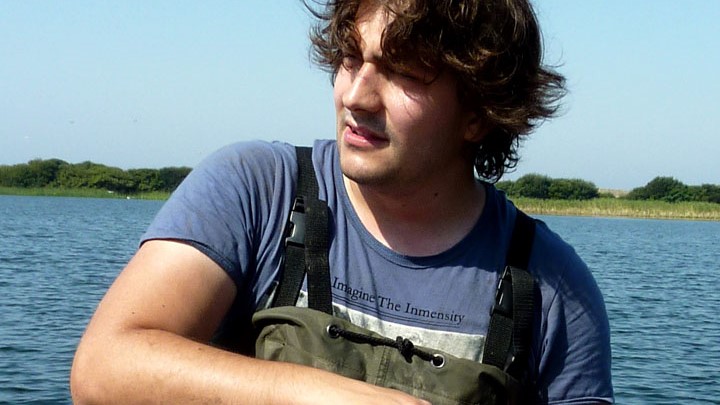An international study published in the journal Nature, in which researchers from the Cavanilles Institute of Biodiversity and Evolutionary Biology (ICBiBE) of the scientific area of the University of Valencia Science Park (PCUV) participate, confirms the threat to humans and aquatic life due to the high contamination of waste derived from plastics and microplastics. Although research has focused mainly on the oceans until today, the study reveals the presence of these pollutants in lakes, beyond areas with large urban areas or highly transformed by humans
The study Plastic debris in lakes and reservoirs, published in Nature, led by researchers Veronica Nava and Barbara Leoni, from the University of Milan-Bicocca, has allowed the collection of data from lakes and reservoirs in 23 countries and 6 continents, with the collaboration of 79 researchers linked to the Global Lake Ecological Observatory Network (GLEON). The researcher Rafael Carballeira has participated in the work, dedicated to the study of Iberian lakes and the monitoring of their ecological status in order to ensure the availability of water resources and the support of terrestrial biodiversity, a line of research that is part of the extensive experience of the Limnology group, which is part of the Cavanilles Institute of Biodiversity and Evolutionary Biology (ICBiBE), located in the University of Valencia Science Park (PCUV).
The Iberian aquatic ecosystems studied are the Sau reservoir (Barcelona), Alqueva (Portugal, the largest reservoir in Western Europe), and in Galicia, Meirama (artificial lake), Cecebre (reservoir) and Doniños (natural lake). Cecebre and Meirama are the main sources of supply for the city of A Coruña. The values of microplastics in all of them are in an intermediate range, with high values in the case of Sau reservoir and minimum values in the natural lake of Doniños. The levels detected are of concern for the future, both because they condition the availability of drinking water for human consumption and because of the possible repercussions on wildlife.
In some lakes there are higher levels of contamination than in the oceans. This is the case of lakes Maggiore (Lugano, Italy), Tahoe (USA) and Neagh (UK), around which there is significant tourist activity and which are also the main source of water supply for human populations in the area. The use of the most advanced technology, such as Raman micro-spectroscopy, has made it possible to detect and determine with sufficient certainty the composition of the plastics, and to confirm that polyester, polypropylene and polyethylene residues are in the majority. In addition, the application of a standardized methodology centralized at the University of Milan-Bicocca has made it possible for the first time to obtain comparable results on the levels of plastic residues from samples of different types.
The use of the most advanced technology, such as Raman micro-spectroscopy, has made it possible to detect and determine with sufficient certainty the composition of the plastics, and to confirm that polyester, polypropylene and polyethylene residues are in the majority
Worrying levels of plastic and microplastic waste
This study has revealed the worrying levels of plastic residues and microplastics (< 250 microns) that exist in fresh waters and that reach them through the hydrological network that feeds them, with Iberian lakes and reservoirs at intermediate levels among those recorded worldwide. Although the exact possible impact of microplastics on human health is still unknown, it is known that certain fragments (< 150 microns) are being incorporated into human tissues, even in the placenta during pregnancy, with the consequent risk of chronic exposure to the presence in the human body of potentially toxic synthetic compounds, as is already being observed in aquatic organisms or in vitro, cellular or animal studies in animal experimentation.
Water is a fundamental resource for human life and the maintenance of ecological functions, which is why the levels of microplastics in continental aquatic ecosystems are jeopardizing the availability of drinking water in certain regions, which could be particularly serious in the future in the context of global change that is accentuating periods of drought and compromising the availability of water in certain geographical areas such as the Iberian Peninsula and Southern Europe.
The high human capacity to transform natural ecosystems and the high production of synthetic petroleum-derived compounds such as plastics are of growing concern as they potentially disrupt natural biogeochemical cycles and alter the ecosystem services of freshwater wetlands that support human well-being and wildlife conservation.
This study has revealed the worrying levels of plastic residues and microplastics (< 250 microns) that exist in fresh waters and that reach them through the hydrological network that feeds them, with Iberian lakes and reservoirs at intermediate levels among those recorded worldwide
News in the media


